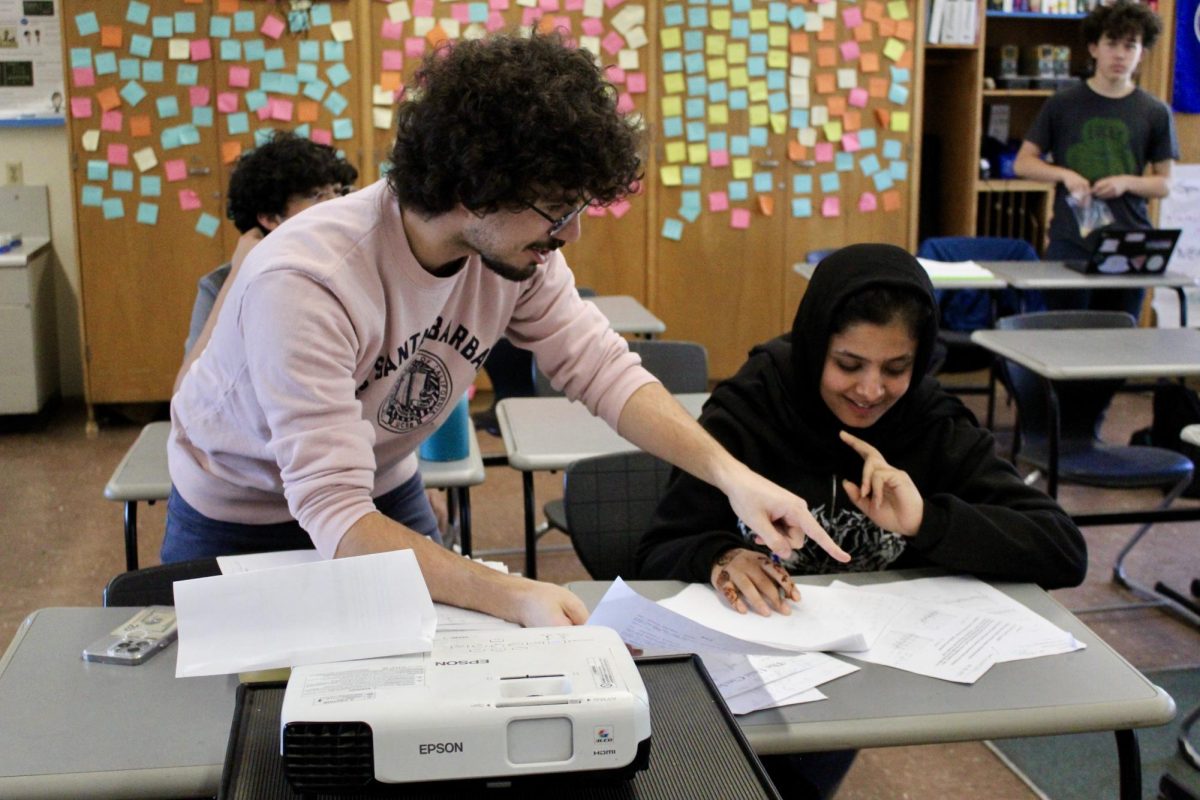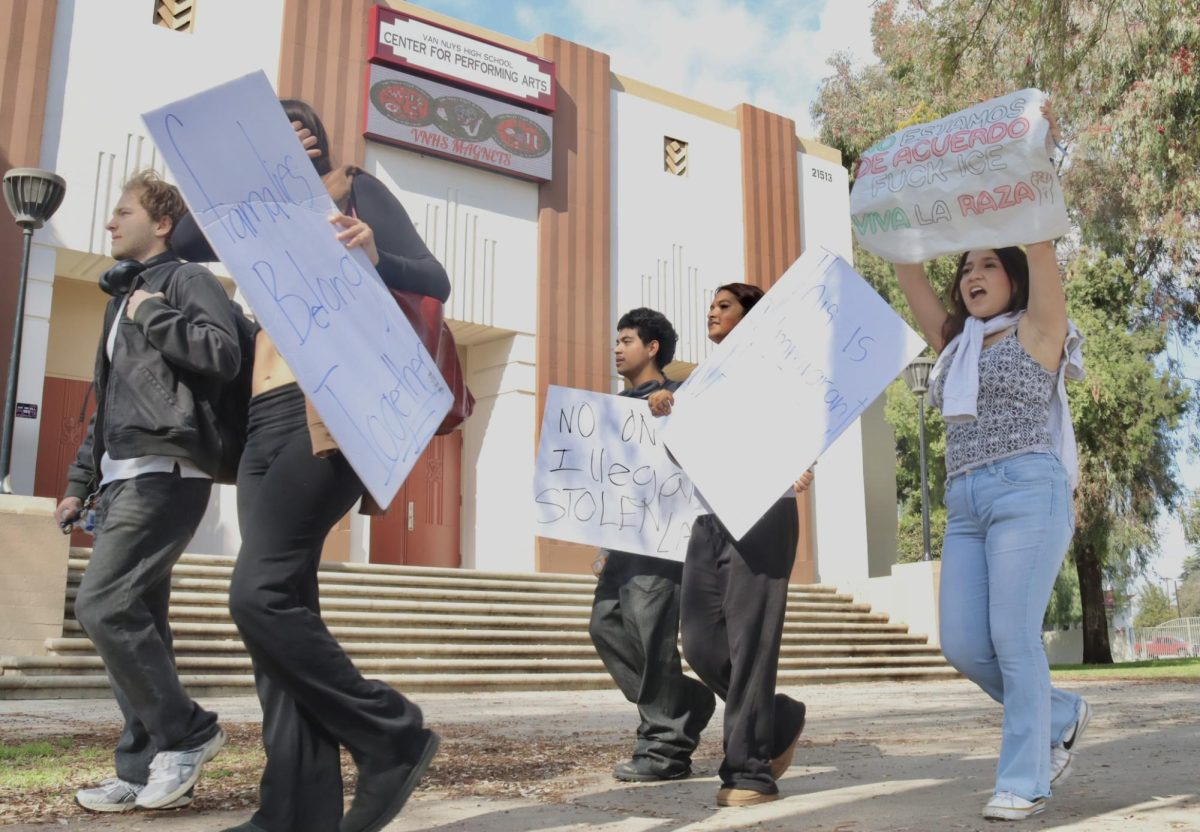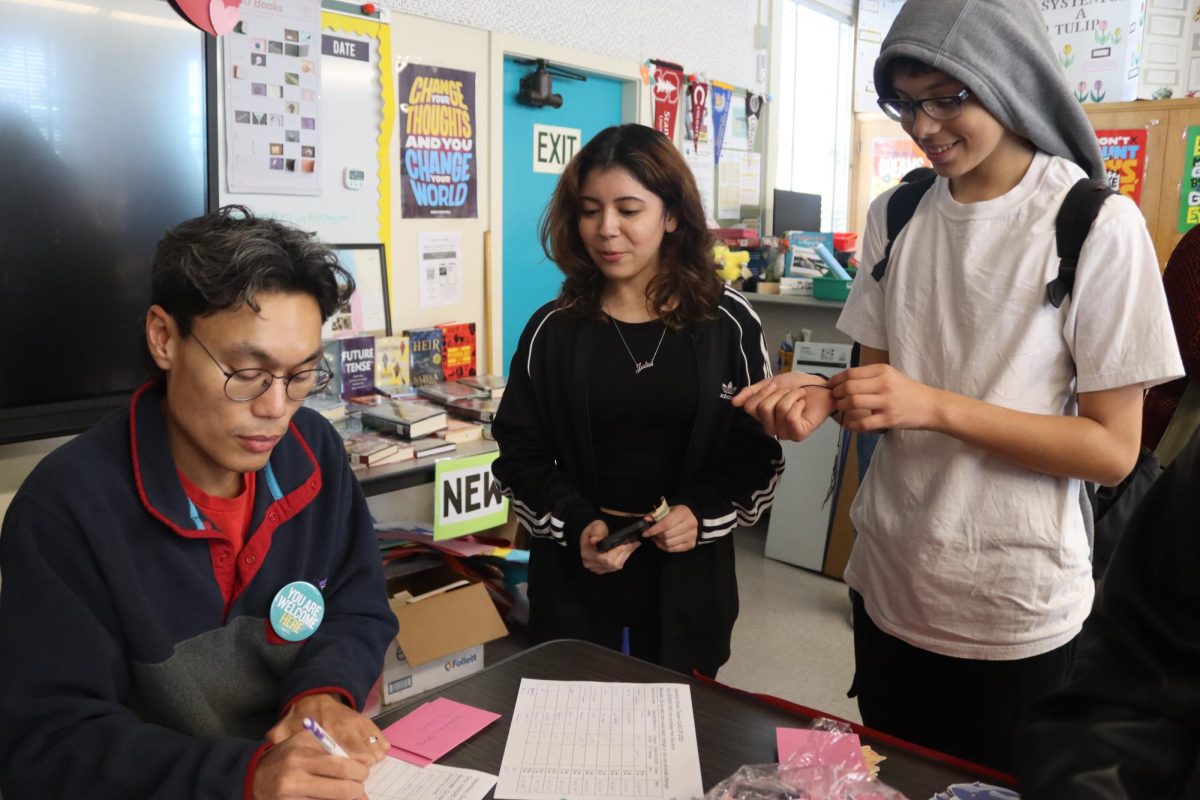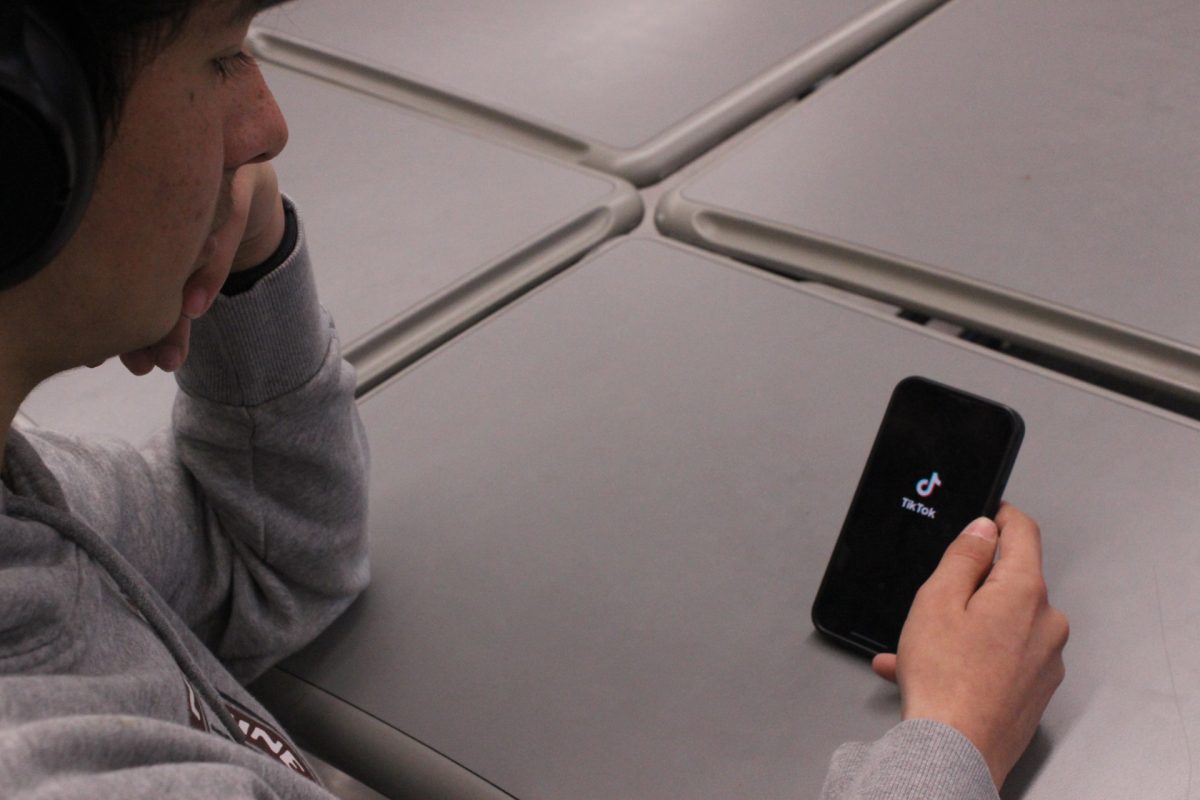Amid the lowest math scores of the past decade, math teachers Tuan “Duke” Huynh and Gonçalo Fino De Sousa are working together to support students to remedy the problem.
To help, Duke and Sousa allow students to retake tests multiple times, claiming that it is most important that students learn the material at their own pace, rather than feeling pressured to do so at the course’s pace. Sousa offers a Scholastic Aptitude Test (SAT) prep class after school on Wednesdays, after-school tutoring on Thursdays and keeps his door open during lunch. They helped students prepare for the Smarter Balanced Assessment Consortium (SBAC) exams that are taking place the week of April 22 by holding a Saturday school class the weekend before.
“The work day-to-day is to connect students with the math, the material and the standards that California puts for each of the classes that my students take,” Sousa said. “Starting back from spring break, my class that has the bigger population of juniors, will be doing standardized test practice. I’ve also been offering an SAT class once a week after school to practice standardized test questions.”
Many students are taking advantage of the after school tutoring and extra help provided to bring up their math grades and scores.
“A lot of students including me are taking new opportunities like staying after school with Mr. Sousa because he offers help for the work,” junior Daniela Partida said. “Part of the problem might be that teachers don’t teach in a way that helps students fully understand the material. Also, a lot of students lack the motivation, thinking that this material won’t be important for their futures.”
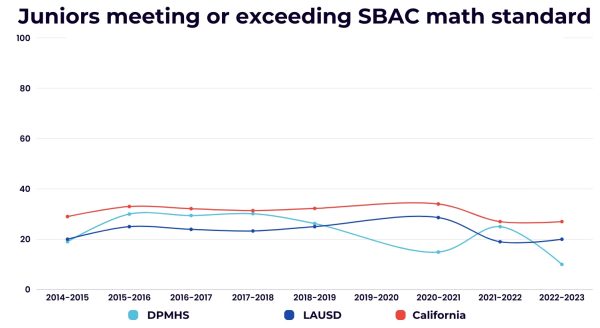
According to the California Assessment of Student Performance and Progress (CAASPP) math results of Daniel Pearl Magnet High School (DPMHS) 2023 reported by EdSource, only 10% of students met or exceeded the state standard while the remaining 90% failed to meet the standard. Comparing this statistic to the results from 2015-2022, these scores are the lowest the school has seen since then. While within the district, only 30.5% of students met or exceeded the state math standard.
Since former geometry teacher Lori Seo’s resignation in early 2022, Duke was left in the math department on his own with different substitutes handling the other math classroom. While Duke taught Algebra 1 and 2, students taking geometry, precalculus and AP Calculus took their courses online with a substitute. As a result of this gap in the math department for a year and a half, DPMHS’s SBAC math results dipped for the 2023 year.
“For a while, we didn’t have a teacher. For the past two years, it was just me,” Duke said. “We just had online classes and substitutes. For a while, I was going back and forth trying to give lesson plans to the substitutes. We never had stability. A teacher has to have a good relationship with students in order for them to collect the knowledge. Now, Mr. Sousa and I have a good relationship and we connect well with our students.”
Students say the low test scores are due to a variety of issues such as lack of motivation on students’ part, lack of resources given to teachers and long-lasting effects of the COVID-19 pandemic.
“I feel like part of it is definitely lack of motivation. Once we left the pandemic, the (work) ethic of students dropped significantly and has yet to fully redevelop,” senior Natalya Lembo said. “Teachers have also been very limited creating a limited workspace for many schools. This may also be a leading factor in such low scores.”
Between 2018 and 2019, before the pandemic, the percentage of overall students within Los Angeles Unified School District (LAUSD) who met or exceeded the standards remained between 31 and 33%. The percentage lowered in 2022 to 28% but rose to 30.5% in 2023. Data sourced from the CAASPP math scores suggest that the average percentage of juniors that meet the standards within LAUSD in 2023 was around 19.99%.
Testing in 2020 was not given because of the pandemic, however, it became optional during 2021. The percentage of students in DPMHS who failed to meet or exceed the state standards in 2021 rose from 73.75% in 2019, to 85.11% creating more than a 10% increase in just two years. DPMHS math teachers strive to change this.
“Mr. Sousa and I give many opportunities to take tests because sometimes you don’t learn the first time and that’s okay,” Duke said. “Doing that gives students the chance to learn a different language almost. I love social development and more encouragement for them to persevere in something that’s hard.”
Within the education system, professional development refers to resources and tools for teachers to improve the effectiveness of their curriculum. Current professional development is aimed to focus on the writing section of learning, despite the low math scores of the school. Staff consider writing to be an important part of mastering math.
“Math students need to learn how to write to learn math,” Principal Armen Petrossian said. “They need to write in order to be able to justify their claims in mathematics. We have focused on writing as more of a learning tool across the curriculum. In the math department, we have been focusing on providing students with what they’re lacking in.”



